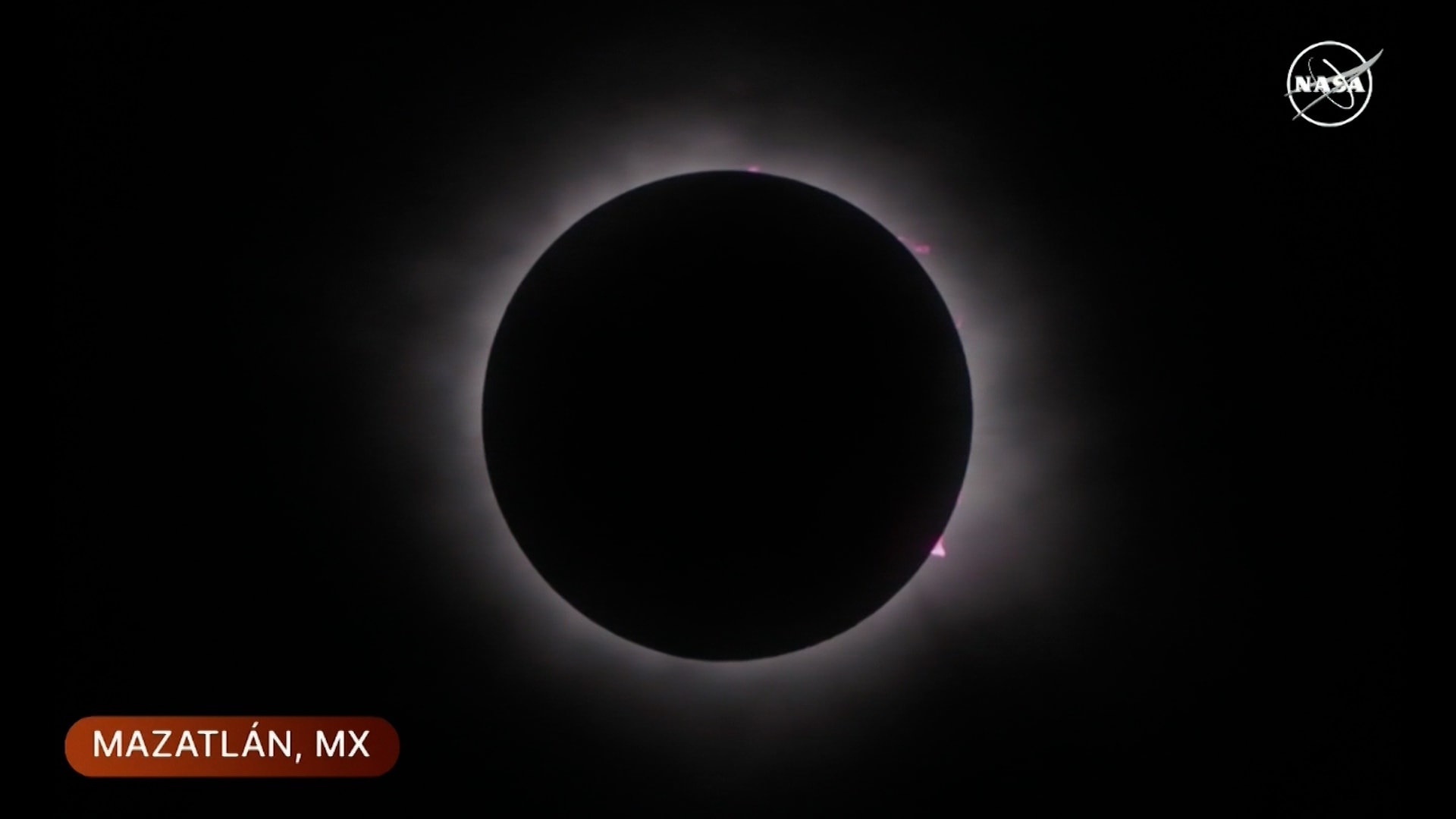Understanding the Dangers of Viewing Solar Eclipses: Protecting Your Eyes during Celestial Events

Watan-Millions around the world witnessed a total solar eclipse in several countries, especially in the Americas, without being recorded in Arab countries.
In such cases, warnings about looking at the sun are always raised due to the potential harm to human eyes, as many medical reports indicate.
According to the recommendations of the eclipse viewing guide published on the “JAMA” magazine website, observing a partial solar eclipse with the naked eye, without protective glasses even for a few seconds, can cause harm to the eye and affect vision temporarily or permanently.
“JAMA” is a medical journal peer-reviewed and issued 48 times annually by the American Medical Association.
It is widely believed that during a total eclipse, it is safe to view it with the naked eye, but experts warn against it. A total eclipse is the stage when the moon completely obscures the sun.
The total eclipse lasts only between one to three minutes depending on the geographical location, and the sunlight can suddenly reappear as the moon continues to move.
The cones of the human eye’s retina are highly sensitive to light. During daylight conditions, the iris contracts so that only a small and safe amount of light passes through the lens to reach the retina.
Since the sun’s disc is extremely bright, any small part of its light can damage the eye if looked at directly, according to NASA.
It is known that when looking directly at the sun, the pupil of the eye contracts involuntarily, protecting both the cornea and the retina.
But in the case of an eclipse, this constriction does not occur, and the eye absorbs ultraviolet rays from the sun, which pass through the moon’s shadow without us noticing, thus causing damage.
The cones of the retina are the light-receiving cells in the retina that work effectively in bright light conditions and help perceive colors, while the iris is the blue or brown area surrounding the pupil.
Risks of looking at the sun during an eclipse
Jason B. Brenton, an eye doctor and medical director at Brenton Vision in St. Louis, United States, said in an interview with CBS that looking at the sun – even when it is covered as during an eclipse – can cause eye damage.
Yahya Hashad, a retina specialist and medical director of Bush Lomb Eye Health, said there is no “safe dose” of solar ultraviolet or infrared radiation.
He added that “a very small dose of those rays can cause harm to some people,” explaining that this risk is what prompted specialists to recommend wearing protective glasses during the eclipse.
🔴 كسوف الشمس فوق أمريكا الوسطى pic.twitter.com/yUS4ljuUoJ
— الصين بالعربية (@mog_china) April 8, 2024
Total solar eclipse
Millions around the world followed on Monday a total solar eclipse witnessed by several countries, especially in the Americas.
NASA said live on air that millions gathered in squares to watch the rare event announced earlier.
With the passage of the total solar eclipse path over the central region of the United States, the moon completely obscured the sun over the cities of Indianapolis, Cleveland, and Buffalo




